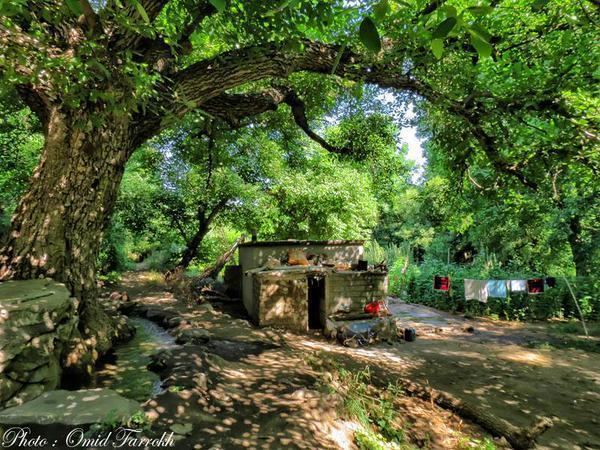Elevation 1,280 m Local time Wednesday 10:34 PM | County Sardasht Time zone IRST (UTC+3:30) Population 37,115 (2006) | |
 | ||
Weather 3°C, Wind S at 8 km/h, 96% Humidity Neighborhoods Mahale Sar Chave, Mahale Hesar, Mahabadyan Mahale | ||
Sardasht (Persian: سردشت; Kurdish: سهردهشت, Serdeşt; also Romanized as Sar Dasht) is a city in and the capital of Sardasht County, West Azerbaijan Province, Iran. At the 2006 census, its population was 37,115, in 8,224 families.
Contents
- Map of Sardasht West Azerbaijan Province Iran
- 1987 attacks on Sardasht with chemical weapons
- Iran PJAK conflict
- References
Map of Sardasht, West Azerbaijan Province, Iran
Sardasht is located southwest of Lake Urmia about 1,300 metres above sea level. It lies in the West Azarbaijan province. It was the first city in which civilians were attacked with chemical weapons by Saddam Hussein during the Iran–Iraq War.
The population of Sardasht is Kurdish. Sardasht is also known for the many villages around it and their reliance on the city's market.
1987 attacks on Sardasht with chemical weapons
On June 28, 1987, Iraqi aircraft dropped what Iranian authorities believed to be mustard gas bombs on Sardasht, in two separate bombing runs on four residential areas. The numbers of victims were initially estimated as 10 civilians dead and 650 civilians injured.
Out of a population of 20,000, 25% are still suffering severe illnesses from the attacks. The gas attacks occurred during the Iran–Iraq War, when Iraq frequently used chemical weapons against Iranian civilians and soldiers.
In April 2004, the government of the United States (US) was found by the Tehran Public Court to be liable for the attacks, through its previous support for the government of Saddam Hussein. The US government was ordered to pay $600 million compensation to the victims.
Because Sardasht was not considered a military target, the population was both unprotected and unprepared for a chemical weapons assault. Living close to the border and to the war front, citizens had become accustomed to Iraqi bombardment with conventional weapons. However, people later told physicians that they did not know that the bombs carried chemical weapons; in fact, at first they had been relieved when the bombs did not explode.
Due to the direction of the wind, even the hospital and the convalescent center were contaminated, and the few doctors and nurses who were working there had to leave. Two public baths were used for decontamination of the victims and a small stadium was converted to a 150-bed medical facility. Within the first few hours, about 30 people died, mostly young children and old people, due to severe respiratory problems.
Out of 12,000 inhabitants, according to official reports, 8,000 were exposed. Of the 4,500 requiring medical care, 1,500 were hospitalized, 600 of them in Tehran. The other 3,000 were treated as outpatients and discharged. Many of these 3,000 former outpatients left the city for the villages and attempted to treat themselves, using traditional medicines, etc. These people do not have medical records of their exposure and now are having difficulty obtaining government benefits.
Included among the 4,500 casualties requiring medical attention were some of the rescuers.
Casualties up until 2007: altogether 130 people (109 civilians, 21 military and other) have died from the sulfur mustard attack on Sardasht in June 1987. Twenty people died in the first few hours, ten during the evacuation to other cities, and about one hundred more died in hospitals in Iran and Europe during the next month. Of the civilians who died, 39 were under 18 years of age, including 11 under the age of 5. Thirty-four women and girls died.
Mustard is not considered a lethal agent, but an incapacitating agent, causing only 3-5% mortality. Many of the 95% who survived from the Sardasht gas attack, developed serious long-term complications over the next few years including serious respiratory problems, eye lesions, skin problems as well as problems in their immune system.
Iran-PJAK conflict
Sardasht and its surrounding areas became a scene of sporadic clashes between Iranian IRGC forces and the militant Kurdish PJAK organization. Among those clashes was the August 2013 Sardasht clash.
